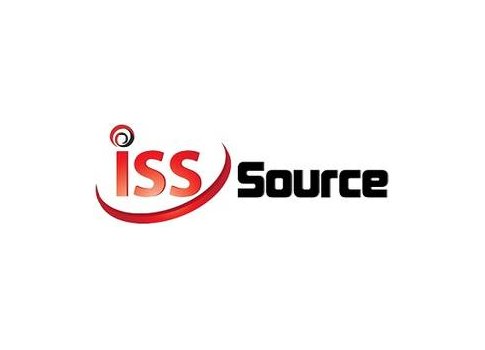Oil and gas companies are now able to enhance worker training and demonstrate technical concepts and techniques via stronger 3D animation and imagery.

 Part creative content provider and part technologist, FuelFX, a media and software company almost exclusively focused on the oil and gas industry, creates content for marketing and training departments and for the operational side of oil and gas companies to help in those processes.
Part creative content provider and part technologist, FuelFX, a media and software company almost exclusively focused on the oil and gas industry, creates content for marketing and training departments and for the operational side of oil and gas companies to help in those processes.
Cutting-edge 3D and visualization technology can allow companies to be more efficient in training workers, as well as improve efficiency and operational safety.
Founded seven years ago, the company really grew following the 2010 Deepwater Horizon incident, when FuelFX worked with BP plc and other members of the Unified Command by producing daily infographics and visualizations to update the Unified Command team, the White House and U.S. public on the efforts, operational plans and challenges involved in the Deepwater Horizon incident response. Other team members included Transocean, the U.S. Coast Guard, U.S. Department of the Interior, the U.S. Environmental Protection Agency and the Occupational Safety and Health Administration.
3D imaging is not a new thing, but the next thing, representing a step change in communications.
The need for using new visualization tools stems from the fact most of the time the magic in the oil and gas industry happens with things that you can’t see or that are 5,000 feet underground, or encased in steel or in high pressure, high temperature environments.
These effects allow companies to sell, understand, and learn how to operate technology, as well as provide business intelligence on the operations side, said FuelFX Chief Executive Oliver Diaz. 3D graphics can range from low-end graphics, such as process diagrams and infographics, to 3D animation in video to interactive media tools such as virtual and augmented reality.
Virtual reality, also called immersive multimedia, is a computer-simulated environment that can simulate a person’s physical presence in places in real or imagined worlds. Efforts to develop virtual reality tools have been ongoing since the 1980s; it has only been in recent times the technology is now affordable to a wider audience. One example of virtual reality technology is Oculus VR, a virtual reality startup purchased by Facebook for $2 billion. The company offers the Oculus Rift, is a virtual reality headset system initially developed for gaming.
The oil and gas industry is using virtual reality to train workers for offshore and onshore rig environments, virtually placing a worker on a rig so they can learn to navigate and learn about different operations on board the rig.
While virtual reality replaces the real world with a simulated environment, augmented reality takes digital information and visuals and puts it in the space around a person.
"Augmented reality works by augmenting reality with information," Diaz said.
In the oil and gas industry, augmented reality technology can allow oil and gas companies to see inside equipment at a refinery to monitor temperature and supply levels. Augmented reality hardware components can go in mobile devices like tablet computers and smart phones and in monitors and display systems worn by a user. Google Glass augmented reality glasses are one example of this technology. Augmented reality applications can integrate printed material with video, in education, industrial design, gaming, medical, navigation and communication in the military.
The idea comes to life because 3D graphics and imaging technology is to better impart knowledge in training in a way that allows workers to retain more information, allowing people to understand where technology can fit into their operations. Virtual reality tools in oil and gas could help in training and to recreate an incident to determine its cause. By merging the digital and real worlds, augmented reality technology could allow workers on offshore and onshore rigs and other facilities to get directions on how to operate equipment.
The retirement of Baby Boomer-aged workers, the large age gap between Baby Boomers and younger workers, and the number of workers changing jobs within the industry, makes knowledge retention difficult. Using completely immersive tools such as augmented reality can enable knowledge transfer.
Gregory Hale is the editor and founder of Industrial Safety and Security Source (ISSSource.com), a news and information website covering safety and security issues in the manufacturing automation sector. This content originally appeared on the ISSSource website. Edited by Joy Chang, Digital Project Manager, CFE Media, [email protected]



